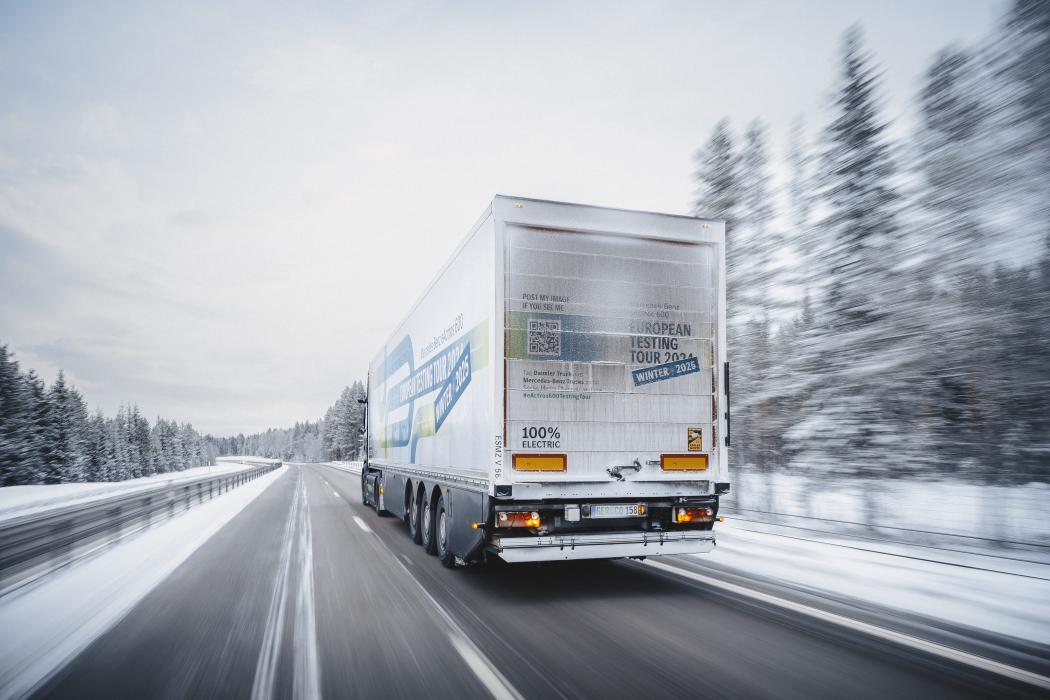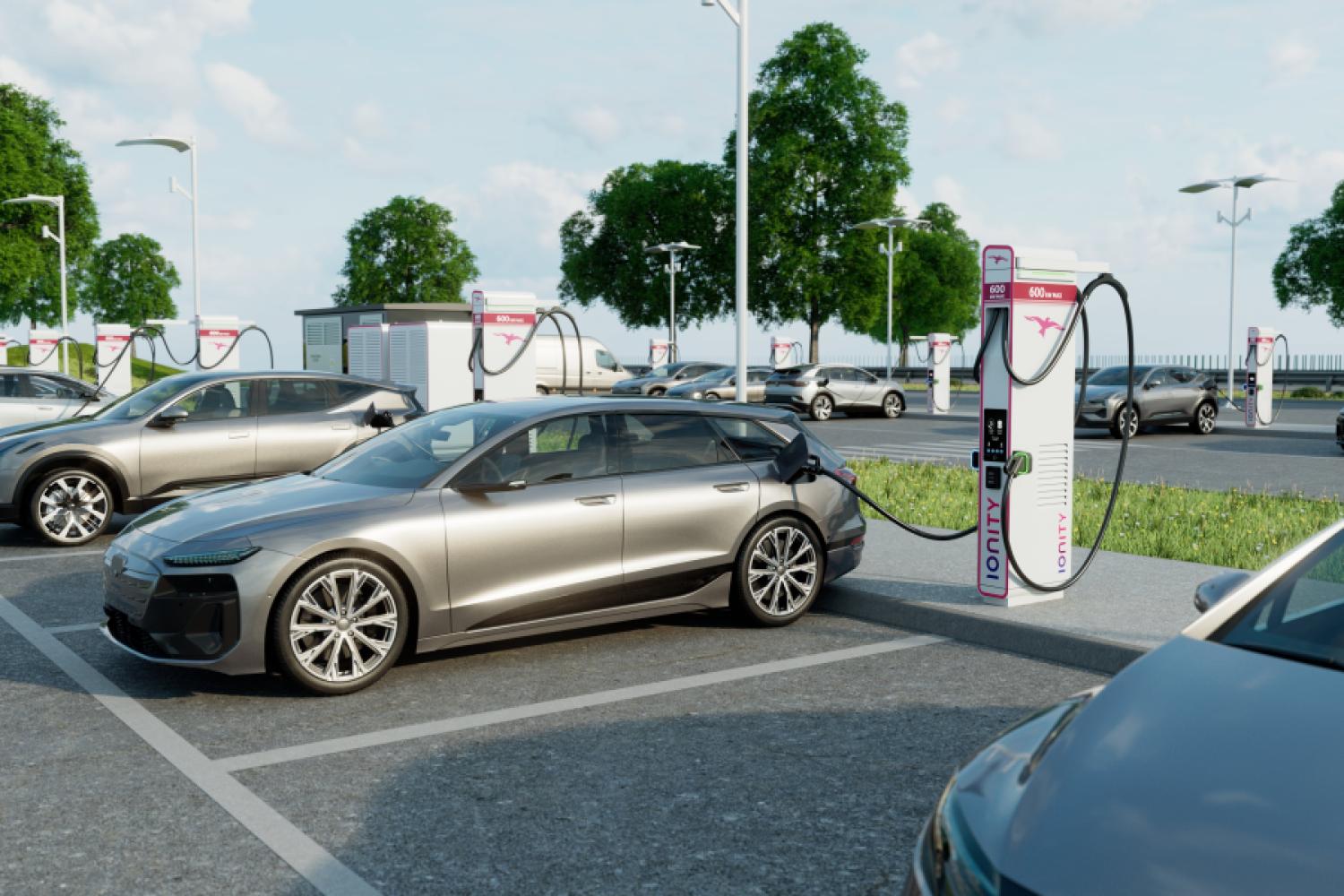Daimler Truck AG has thoroughly tested its battery-electric long-haul truck eActros 600 in an extensive winter test. The "European Testing Tour Winter 2025" took two near-series prototypes over 6,500 kilometers through ten countries in Northern Europe. The aim was to analyze the vehicle's practicality under winter conditions and to gather insights into energy consumption. A significant portion of the route corresponded to the course of the summer tour 2024, allowing for direct comparisons between the seasons.
Results of the Tour: Energy Efficiency in Focus
According to Daimler Truck, the eActros 600 proved to be efficient even under extreme weather conditions.
“Not only are we interested in how the energy consumption of the eActros 600 behaves in different winter operations, but particularly our customers and drivers as well. We are very satisfied with the insights from the tour,” explained Christof Weber, Head of Global Testing Mercedes-Benz Trucks.
The tour took the vehicles from Germany through Denmark, Sweden, and Finland up to the Arctic Circle. Then it continued through the Baltic states, Poland, the Czech Republic, and Austria back to Germany. The average temperatures ranged from -18 to 9 degrees Celsius.
Influencing Factors on Energy Consumption
Aerodynamics and rolling resistance particularly influenced the energy consumption of the electric trucks.
“In principle, aerodynamics and rolling resistance have a significant impact on a truck's consumption—independent of the type of drive,” explained Jochen Gottstein, Manager Testing Energy Consumption & Range at Daimler Truck.
In winter, higher air density leads to increased air resistance and thus to higher consumption. Winter tires with a stronger tread amplify this effect. A test on a snow-free road at -2 degrees Celsius showed that consumption with tires of efficiency class B was about 25 percent higher than with summer tires of class A. On snow and ice, the additional consumption increased to nearly 50 percent, mainly due to the higher rolling resistance of tires designed for extreme winter conditions.
Driving comfort is maintained
According to Daimler Truck, drivers in the eActros 600 do not have to forgo comfort in winter. The engineers set the temperature to 21 degrees Celsius during the day and 19 degrees Celsius at night. This only led to a range reduction of two to five percent, explained Werner Kempfle, development engineer and co-project leader of the eActros 600. The energy consumption for cabin heating remains low overall.
Challenge of charging infrastructure
The vehicles were charged only at public charging stations during the tour.
“Even though it is still challenging to find charging options specifically designed for trucks, we found some ultra-modern charging parks in Scandinavia where we did not have to uncouple our trailers and where there was sufficient charging capacity and good infrastructure for driving breaks,” said Gottstein.
Nevertheless, according to Daimler Truck, a comprehensive charging infrastructure for heavy electric trucks remains a rarity.
New App Simplifies the Charging Process
Daimler Truck introduced another innovation with the "Mercedes-Benz Trucks Remote 3.0" app. It allows drivers to monitor their vehicle's charge status in real-time and receive push notifications.
"The app has proven to be absolutely helpful, especially during charging," emphasized Kempfle.
The drivers didn't have to stay with the vehicle continuously and could react immediately to charging interruptions.
Conclusion: Efficient Even in Winter
According to its own statements, Daimler Truck was able to demonstrate with the winter tour that the eActros 600 is a practical alternative for long-distance transport even at low temperatures. Challenges remain in the charging infrastructure, while energy consumption fluctuates as expected due to weather conditions. Overall, the manufacturer sees the electric truck as a reliable and efficient solution—regardless of the season.






